Code
HCS8673
Weight
300 gm / 0.66 lbs
Size
Height
8cm (3") Width
6cm (2") Depth
4cm (2") Material
Copper
Availability
Available
Date Added
2012-08-28 19:44:14
Note : We used to sell this product 13 years ago so it may no longer be in our stock.
It is possible that we still have it with our suppliers but the price could be different from before.
Feel free to order. We will verify availability and inform you promptly.
It is possible that we still have it with our suppliers but the price could be different from before.
Feel free to order. We will verify availability and inform you promptly.

Safe Payment
We accept Paypal, Money Transfer, Bank Transfer
Confidence
Protection covers your purchase and personal data.
Worldwide Delivery
We ship Worldwide, except Russia.Shipping cost US$25.2 for upto 0.5 kgs

Hotline
Talk to help line for your question on 9841267335Gold Painted Face
The face of Ratnasambhava Buddha Statue, [partly Gold Plated], [painted Face] is painted with gold to enhance its significant features, particularly the eyes, and lips. This detailed painting is essential as it brings forth the crucial attributes of the expression of eyes and lips that metal carving alone cannot capture.
Moreover, the painted face serves as a symbolic and sacred ritual in Buddhism, preparing the statue for consecration and practice. The act of painting the face with gold in Buddhism holds deep meaning. It represents the intention to bring life and expression to the statue, imbuing it with a sense of vitality and presence. The application of gold on the face showcases the devotion and craftsmanship of the artisans, ensuring that every detail is carefully attended to honor the sacred essence of the Ratnasambhava Buddha Statue, [partly Gold Plated], [painted Face]. Read More . . .
The face of Ratnasambhava Buddha Statue, [partly Gold Plated], [painted Face] is painted with gold to enhance its significant features, particularly the eyes, and lips. This detailed painting is essential as it brings forth the crucial attributes of the expression of eyes and lips that metal carving alone cannot capture.
Moreover, the painted face serves as a symbolic and sacred ritual in Buddhism, preparing the statue for consecration and practice. The act of painting the face with gold in Buddhism holds deep meaning. It represents the intention to bring life and expression to the statue, imbuing it with a sense of vitality and presence. The application of gold on the face showcases the devotion and craftsmanship of the artisans, ensuring that every detail is carefully attended to honor the sacred essence of the Ratnasambhava Buddha Statue, [partly Gold Plated], [painted Face]. Read More . . .
Partly Gold plating.
This Ratnasambhava Buddha Statue, [partly Gold Plated], [painted Face] has a Partly gold-plated finish. Partly fire gold gilding, a common practice in Nepali handicrafts. This technique is skillfully employed by artisans to create intricate designs on various metal objects, including statues, jewelry, and decorative items. Through a process, a mask or resist is applied to safeguard specific areas from the gold plating. The object is then subjected to high temperatures, allowing the gold to beautifully adhere to exposed surfaces using a combination of heat and pressure.
In the realm of Buddhist statues, this technique holds additional significance as it distinguishes the golden-plated body from the oxidized or maroon-painted clothing. This visual separation conveys the contrast between the divine purity of the body and the modest attire symbolizing the humble lifestyle of Buddhist monks. The partly fire gold gilding not only adds exquisite detail and elegance but also embodies the deep cultural and spiritual meaning associated with these treasured artifacts. Read More . . .
This Ratnasambhava Buddha Statue, [partly Gold Plated], [painted Face] has a Partly gold-plated finish. Partly fire gold gilding, a common practice in Nepali handicrafts. This technique is skillfully employed by artisans to create intricate designs on various metal objects, including statues, jewelry, and decorative items. Through a process, a mask or resist is applied to safeguard specific areas from the gold plating. The object is then subjected to high temperatures, allowing the gold to beautifully adhere to exposed surfaces using a combination of heat and pressure.
In the realm of Buddhist statues, this technique holds additional significance as it distinguishes the golden-plated body from the oxidized or maroon-painted clothing. This visual separation conveys the contrast between the divine purity of the body and the modest attire symbolizing the humble lifestyle of Buddhist monks. The partly fire gold gilding not only adds exquisite detail and elegance but also embodies the deep cultural and spiritual meaning associated with these treasured artifacts. Read More . . .
Lost-Wax System
This Buddha of Ratnasambhava Buddha Statue, [partly Gold Plated], [painted Face] is made by the process of the Lost Wax system. This is a very complicated, time consuming and historic process of making metal sculptures.Which is why it is sometimes called Precision Casting as well. Hence the sculptures made by this process are comparatively expensive. There are many new, advanced and less time consuming methods of casting metal sculptures available as well. But due to the benefits provided by the traditional lost wax system in quality control and customization, we prefer the Loss wax system over Ceramic molding, or sand casting to make our Buddha.
Below we have tried to illustrate the process of making a loss wax system statue: Read More . . .
This Buddha of Ratnasambhava Buddha Statue, [partly Gold Plated], [painted Face] is made by the process of the Lost Wax system. This is a very complicated, time consuming and historic process of making metal sculptures.Which is why it is sometimes called Precision Casting as well. Hence the sculptures made by this process are comparatively expensive. There are many new, advanced and less time consuming methods of casting metal sculptures available as well. But due to the benefits provided by the traditional lost wax system in quality control and customization, we prefer the Loss wax system over Ceramic molding, or sand casting to make our Buddha.
Below we have tried to illustrate the process of making a loss wax system statue: Read More . . .
Brief Description :
He is one of five Tathagatas symbolizing the wisdom of equality (skt. Samatajnana). According to the commentary of Namasangiti, the author Ravisri says;
âAll the phenomena are devoid of essence, lacks true inherent existence and hence is dreamlike or illusion or is emptyâ.
Thus the knowledge of senselessness of persons and the phenomena is the wisdom of equality: Buddha Ratnasambhava is the personification of this wisdom in Vajrayana Buddhism.
In the extant literature, he has rarely described his vows, aspirations, and activity. He is usually called the Buddha born from a jewel. a Sambhava Buddhaâs body, oneâs desire would be fulfilled.
Iconography :âAll the phenomena are devoid of essence, lacks true inherent existence and hence is dreamlike or illusion or is emptyâ.
Thus the knowledge of senselessness of persons and the phenomena is the wisdom of equality: Buddha Ratnasambhava is the personification of this wisdom in Vajrayana Buddhism.
In the extant literature, he has rarely described his vows, aspirations, and activity. He is usually called the Buddha born from a jewel. a Sambhava Buddhaâs body, oneâs desire would be fulfilled.
He is yellow in color. He belongs to the Buddha family of Jewel. He is placed in the stupa facing to the south. He shows varada mudra with his right hand. He holds cintamani jewel in his left hand kept on his lap. He also represents the purified form of the defilement pride. He rides on the horse throne symbolizing that he ferries over the suffering sentient beings with full vigor. He resides in the pure abode of Ratnavati heaven (buddha field).
It is said that when Ratna Sambhava Buddha attained enlightenment golden colored rays emitted from his crown and manifested limitless golden colored bodhisattvas; each one of them carrying jeweled scepters emitting light shining on the southern worlds, which were numerous as the sands of the Ganges.
It is said that the sentient beingsâ wish would be fulfilled when one sees the golden colored light. It is also said that by meditating on Ratn
It is said that when Ratna Sambhava Buddha attained enlightenment golden colored rays emitted from his crown and manifested limitless golden colored bodhisattvas; each one of them carrying jeweled scepters emitting light shining on the southern worlds, which were numerous as the sands of the Ganges.
It is said that the sentient beingsâ wish would be fulfilled when one sees the golden colored light. It is also said that by meditating on Ratn
Mantra of Ratanasambara
oṃ ra tna saṃ bha va traṃ


![Ratnasambhava Buddha Statue, [partly Gold Plated], [painted Face]](https://handicraftseller.com/uploads/pics/product/thumb/2012/08/8673.jpg)
![Ratnasambhava Buddha Statue, [partly Gold Plated], [painted Face]](https://handicraftseller.com/uploads/pics/product/thumb/2012/08/8673_0.jpg)
![Ratnasambhava Buddha Statue, [partly Gold Plated], [painted Face]](https://handicraftseller.com/uploads/pics/product/thumb/2012/08/8673_2.jpg)
![Ratnasambhava Buddha Statue, [partly Gold Plated], [painted Face]](https://handicraftseller.com/uploads/pics/product/thumb/2012/08/8673_1.jpg)
![Ratnasambhava Buddha Statue, [partly Gold Plated], [painted Face]](https://handicraftseller.com/uploads/pics/product/thumb/2012/08/8673_3.jpg)
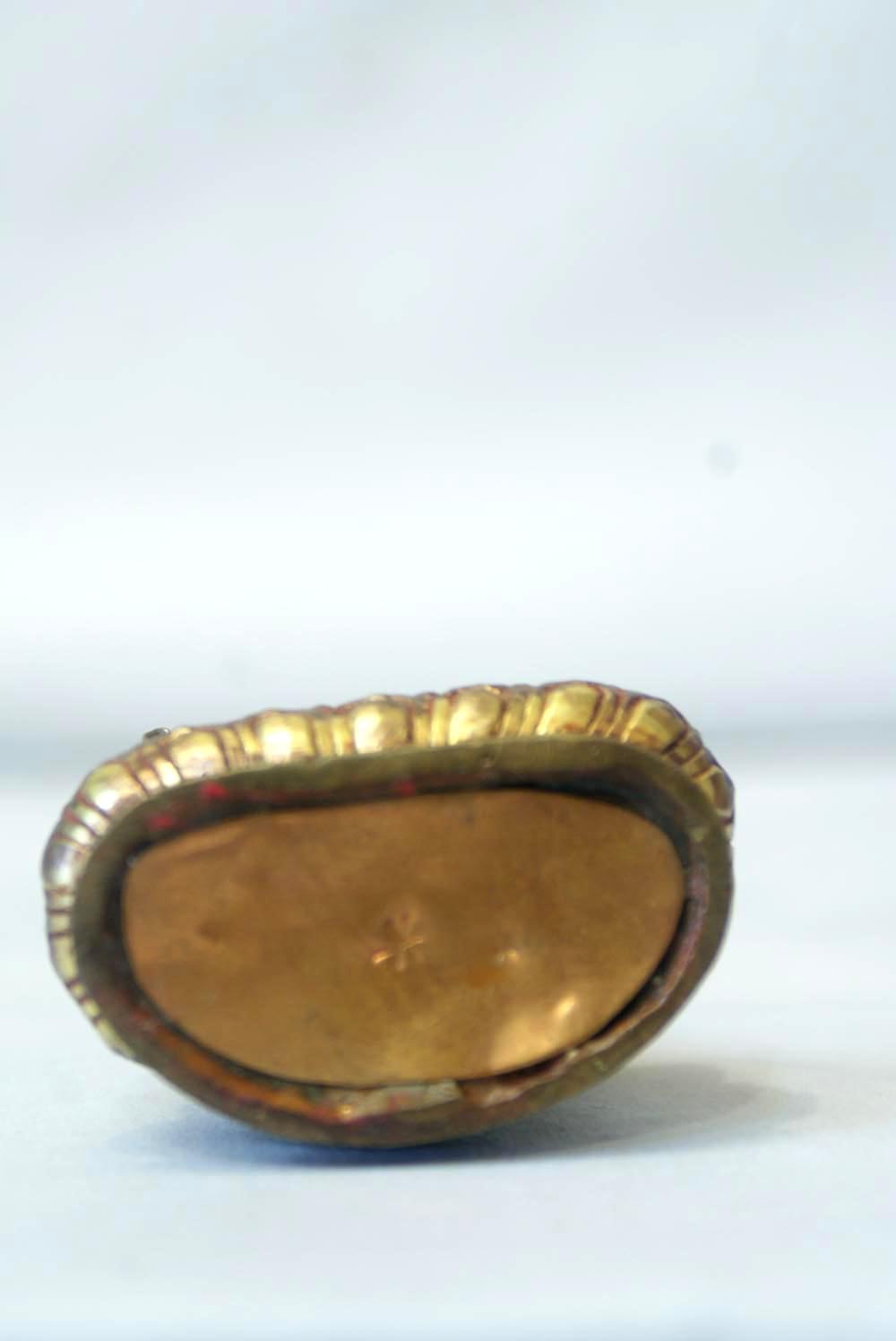

























































 of Shakyamuni Buddha,
of Shakyamuni Buddha,  of Shakyamuni Buddha,
of Shakyamuni Buddha,  of Shakyamuni Buddha,
of Shakyamuni Buddha,  of Shakyamuni Buddha,
of Shakyamuni Buddha,  with Gold Plating" title="Shakyamuni Buddha Statue - Anitque Finishing
with Gold Plating" title="Shakyamuni Buddha Statue - Anitque Finishing 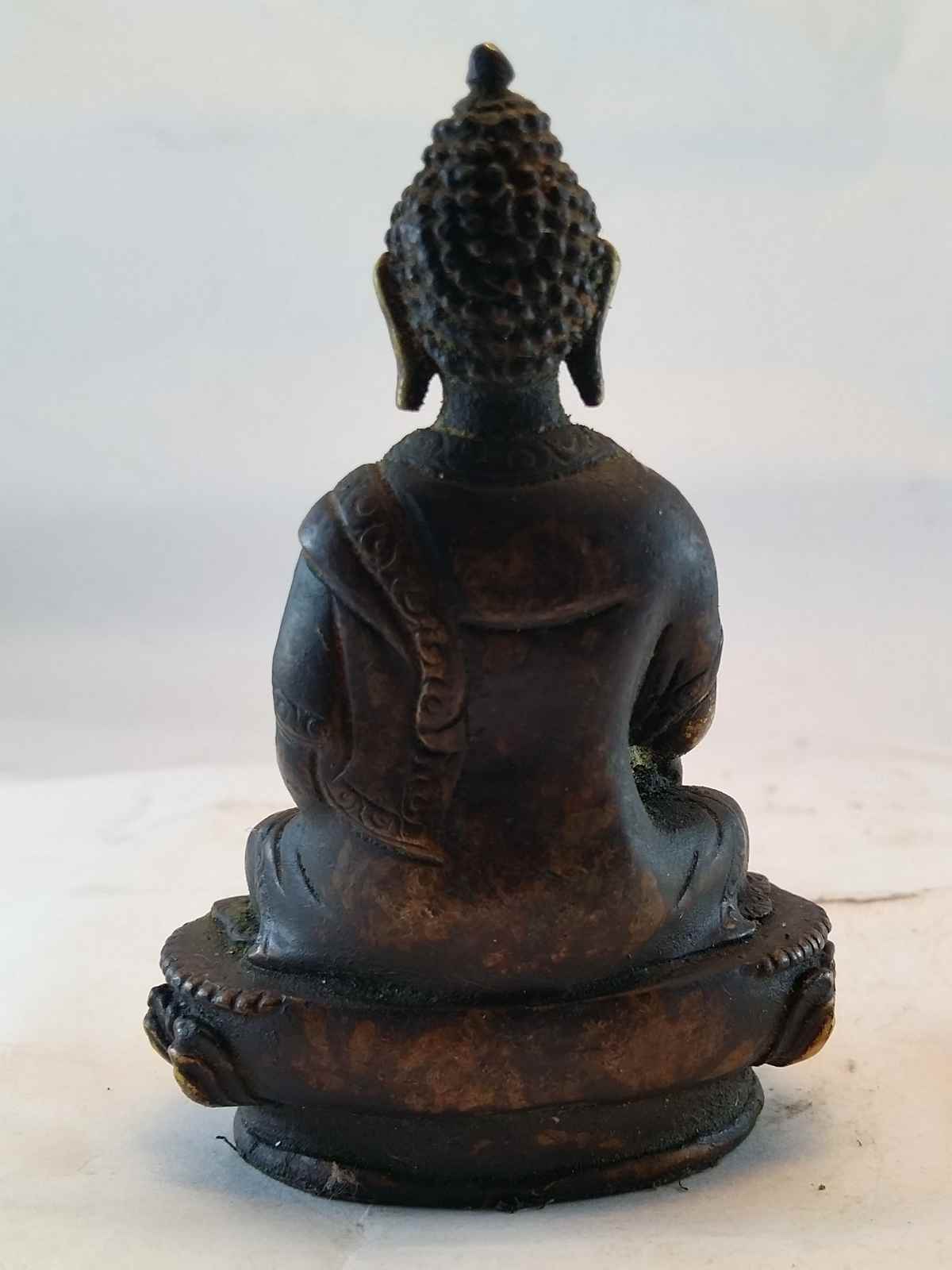 with Gold Plating" title="Shakyamuni Buddha Statue - Anitque Finishing
with Gold Plating" title="Shakyamuni Buddha Statue - Anitque Finishing  of Medicine Buddha
of Medicine Buddha 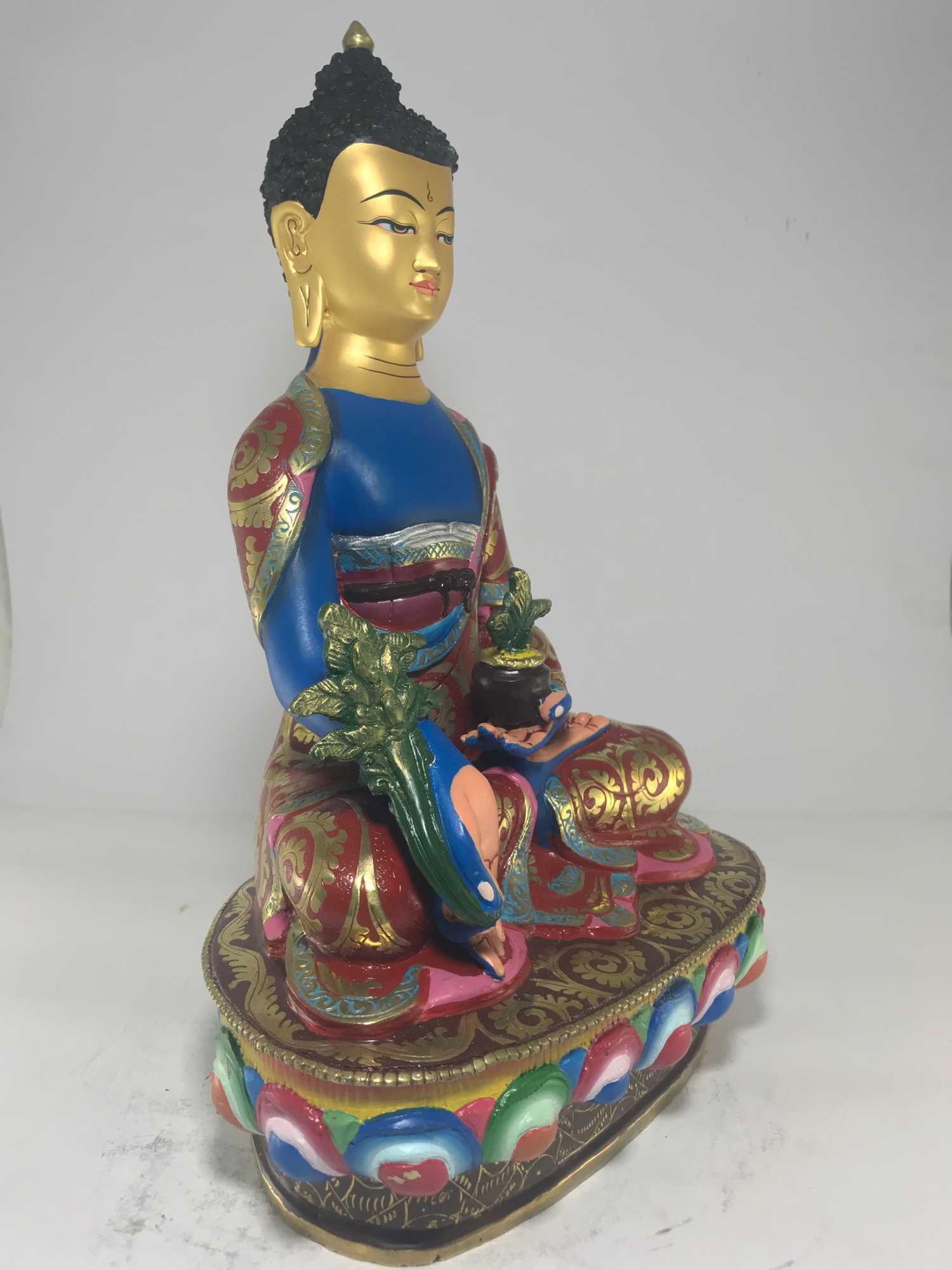 of Medicine Buddha
of Medicine Buddha  of Shakyamuni Buddha,
of Shakyamuni Buddha,  of Shakyamuni Buddha,
of Shakyamuni Buddha, 
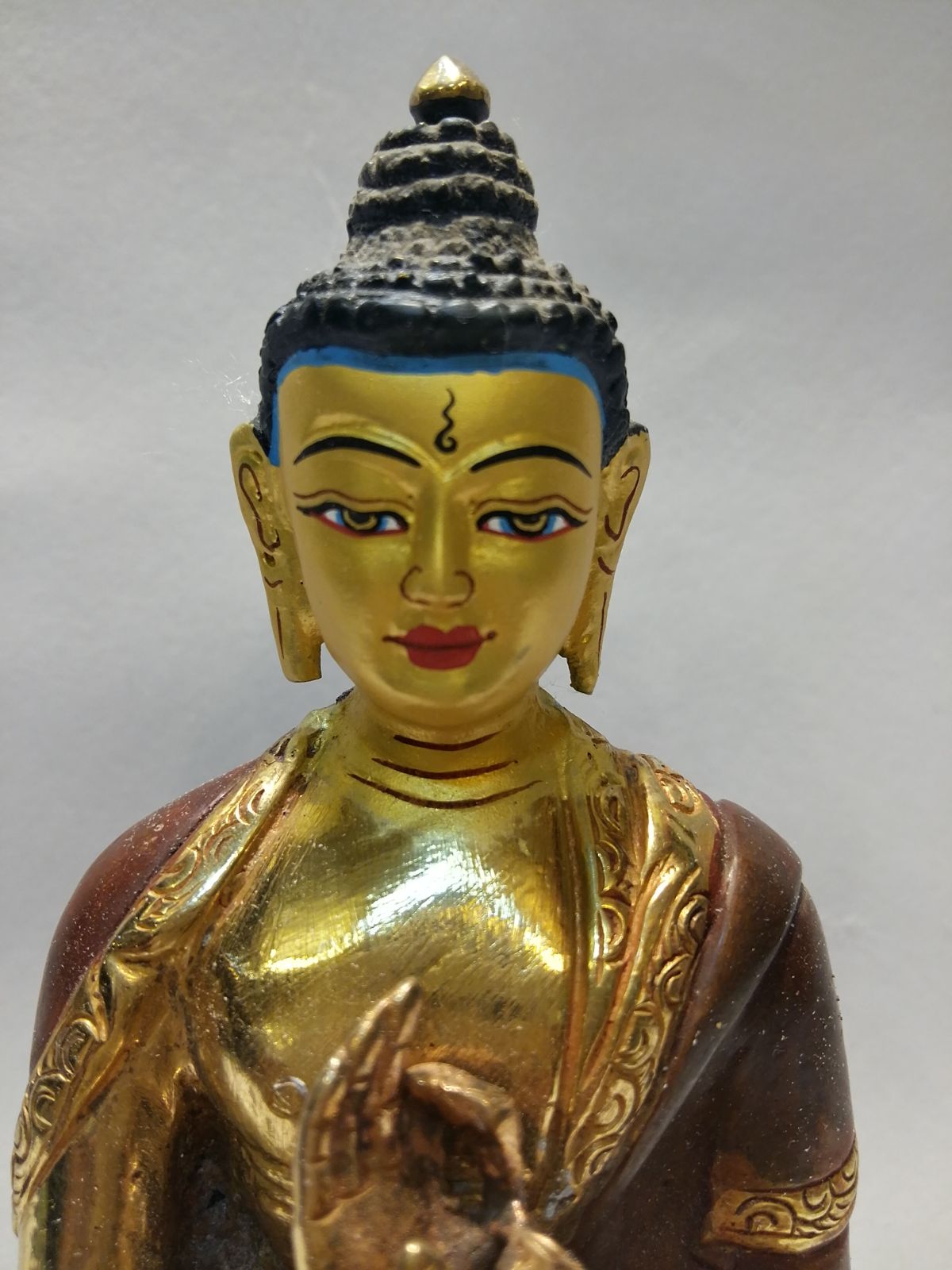
 Master Quality, Buddhist Statue
Master Quality, Buddhist Statue  Master Quality
Master Quality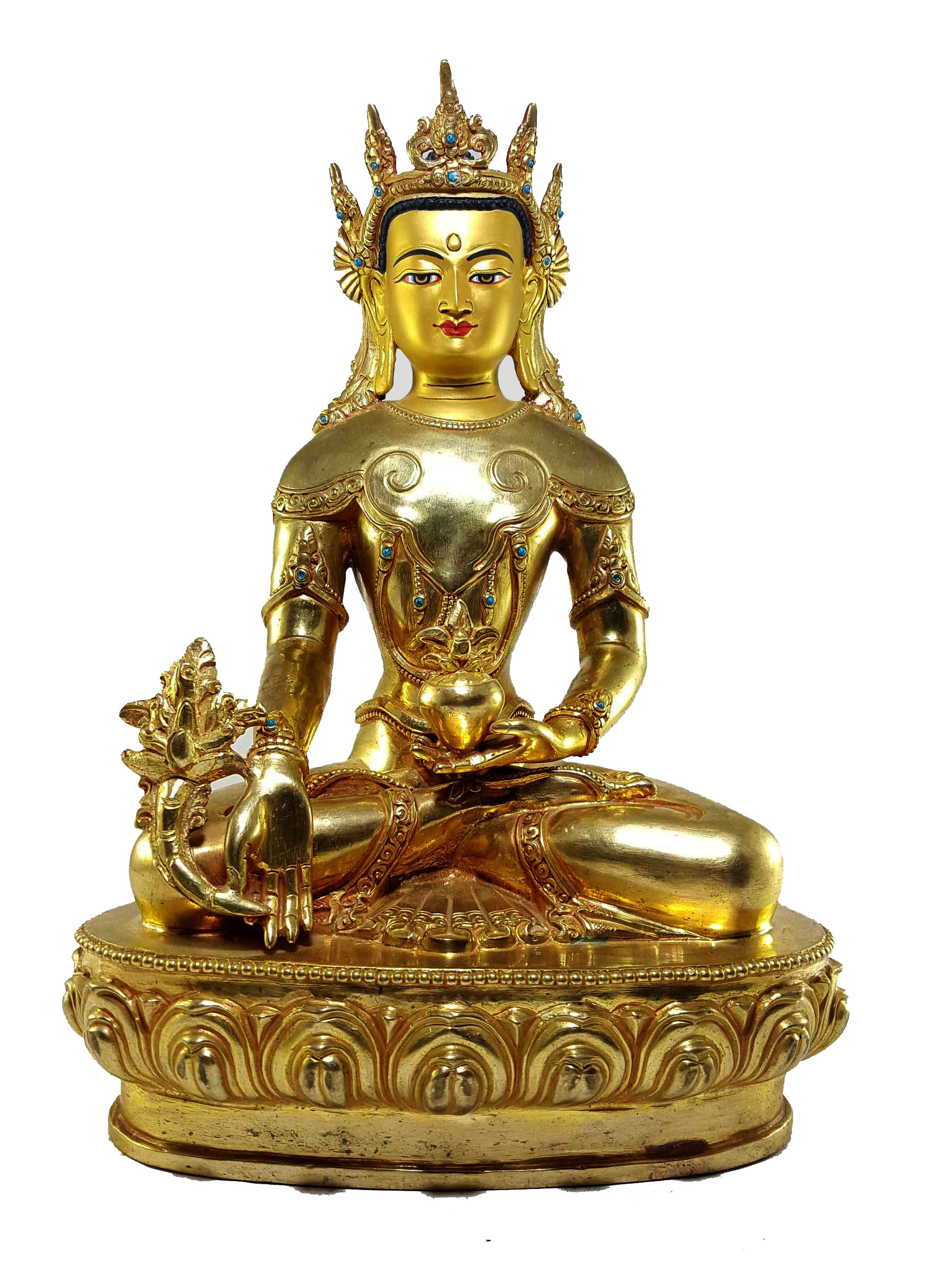 Full Fire Gold Plated
Full Fire Gold Plated 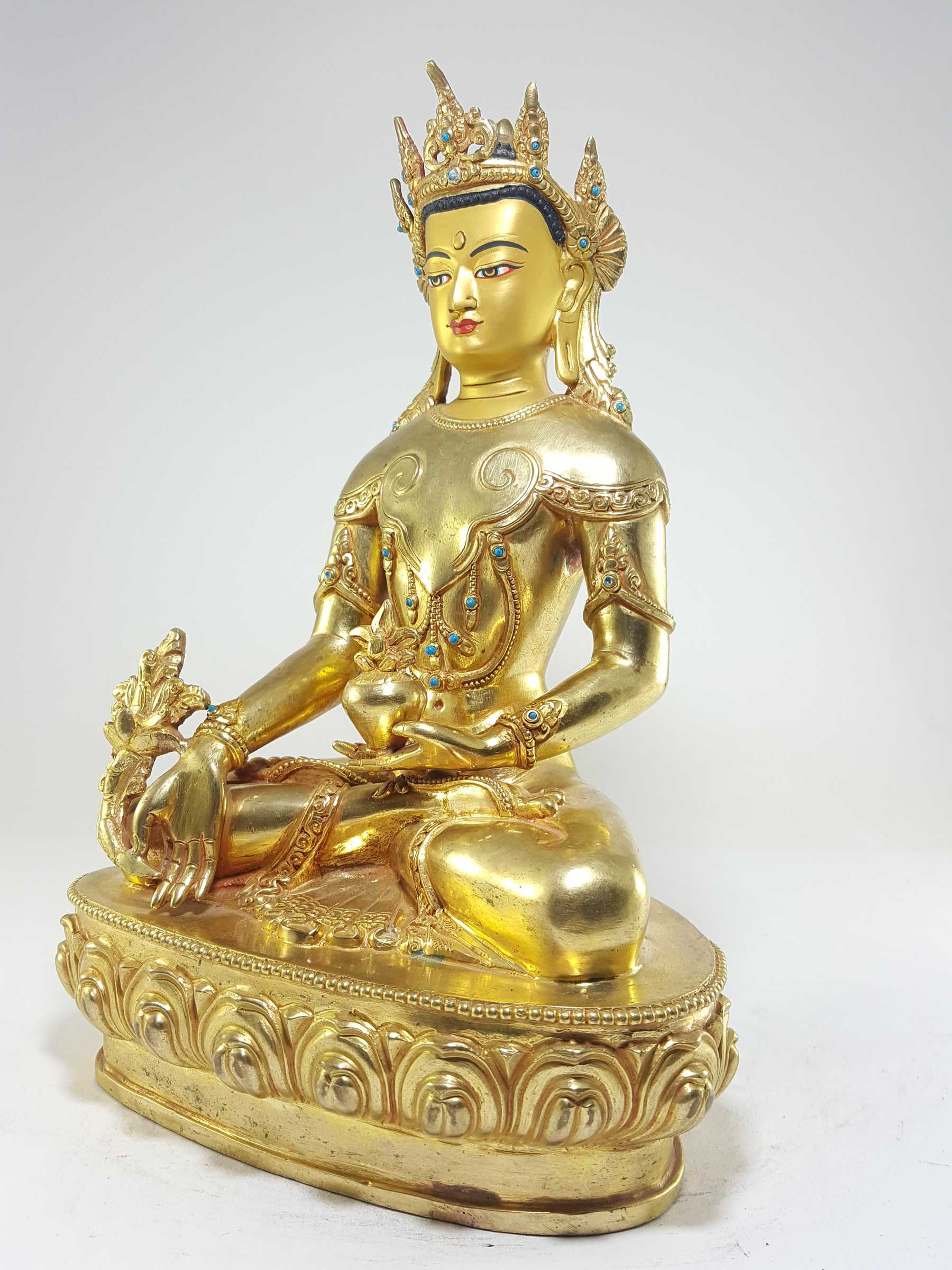 Full Fire Gold Plated
Full Fire Gold Plated  with Carving
with Carving 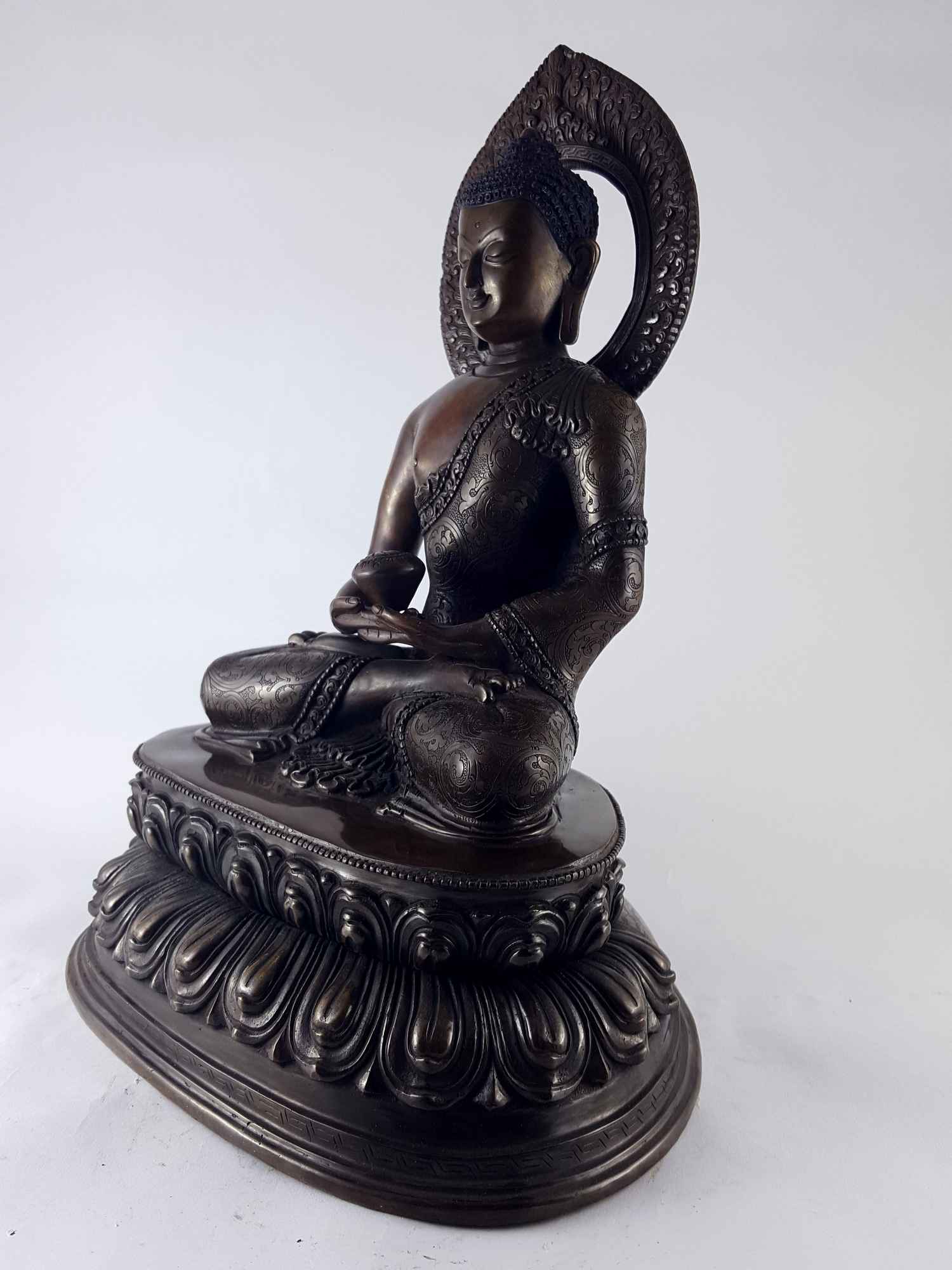 with Carving
with Carving 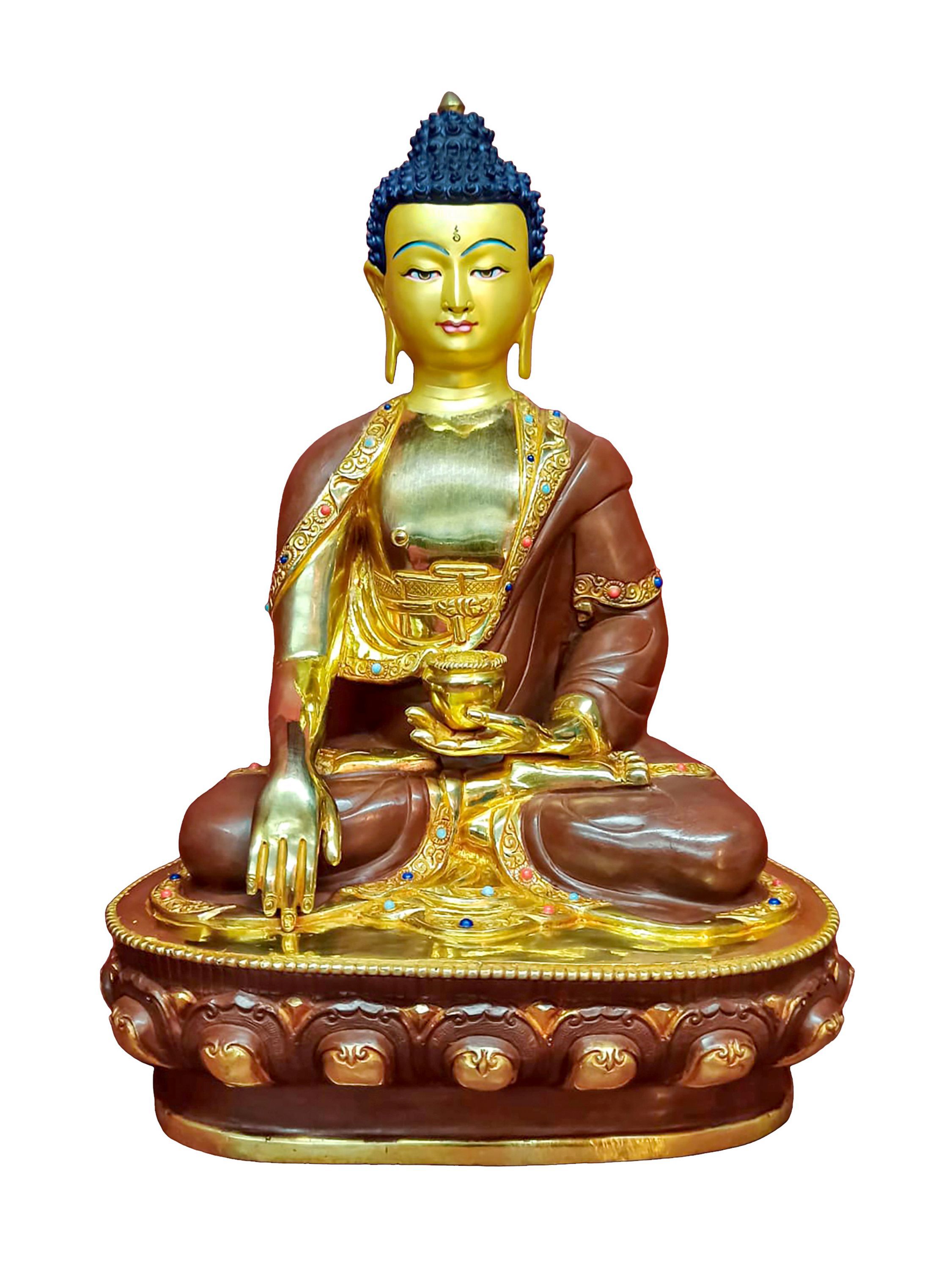 of Shakyamuni Buddha,
of Shakyamuni Buddha, 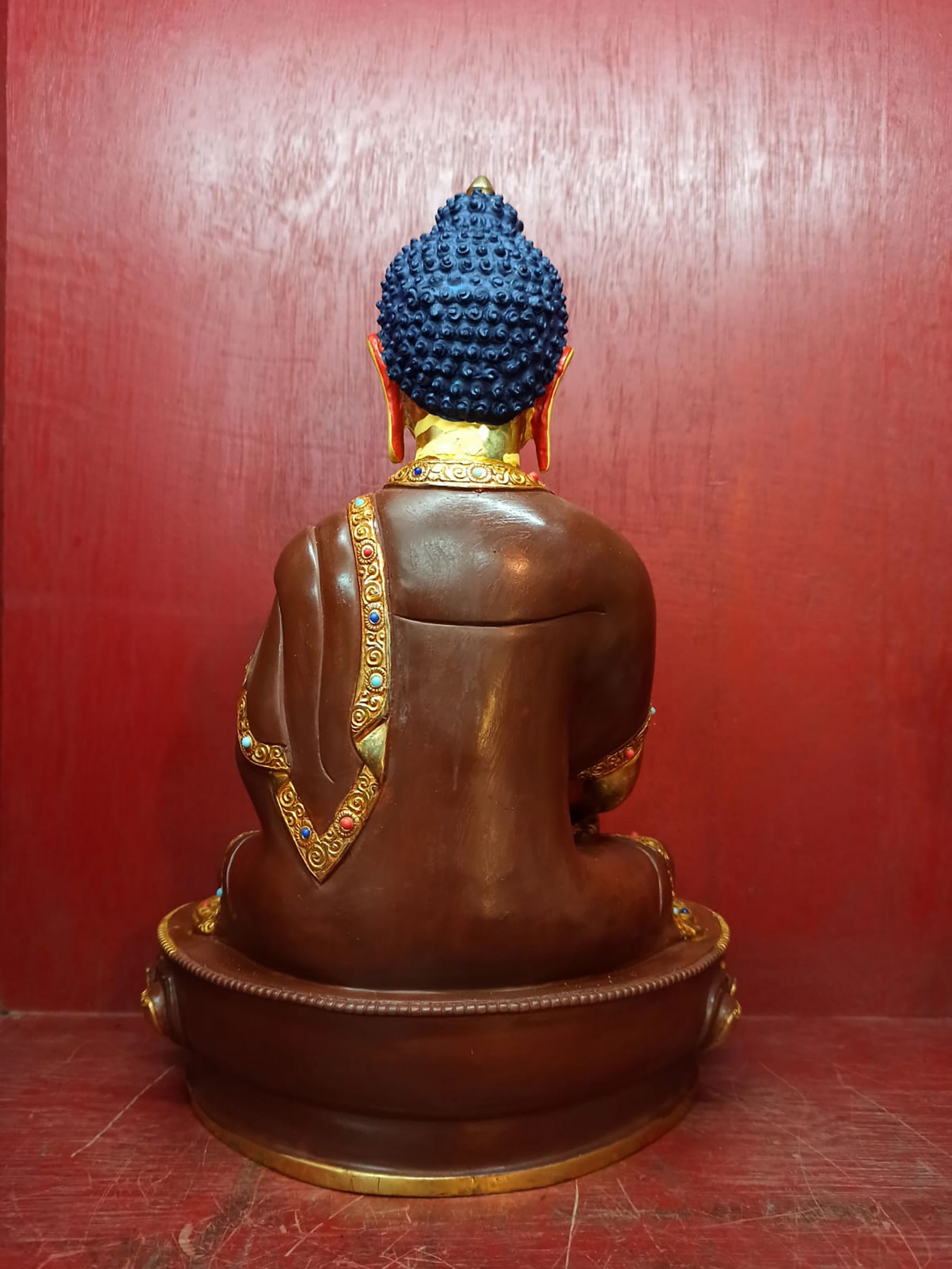 of Shakyamuni Buddha,
of Shakyamuni Buddha,